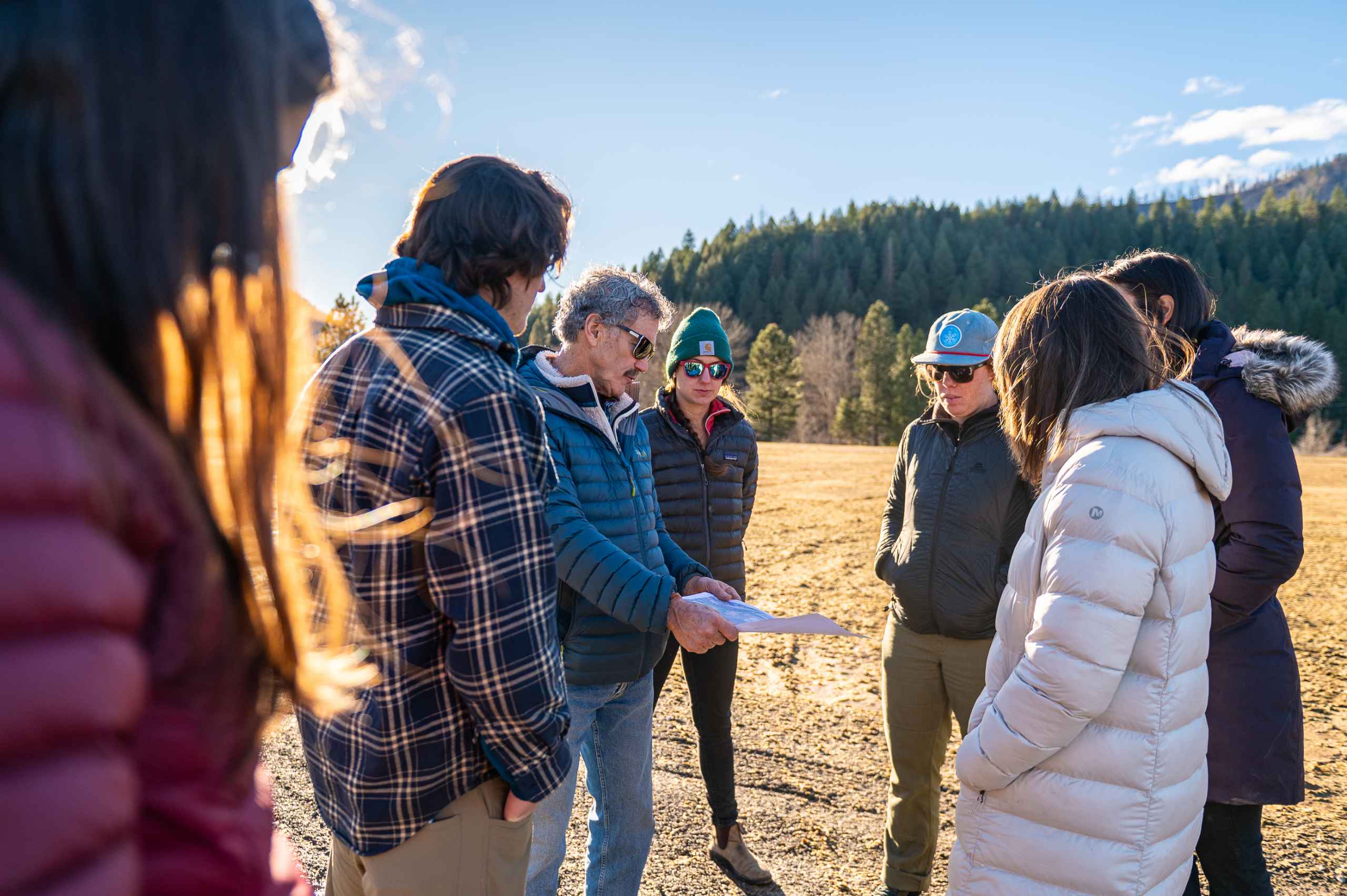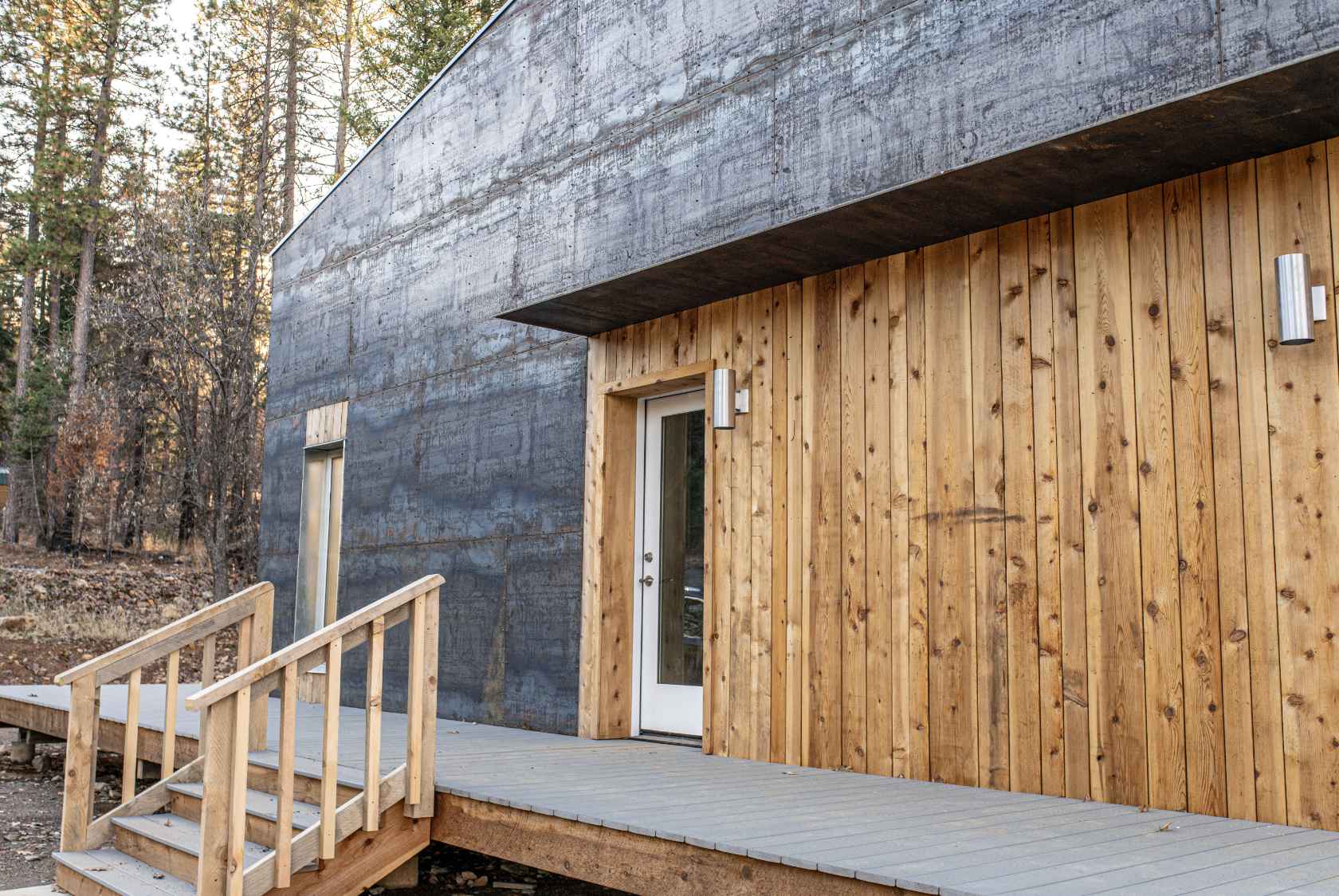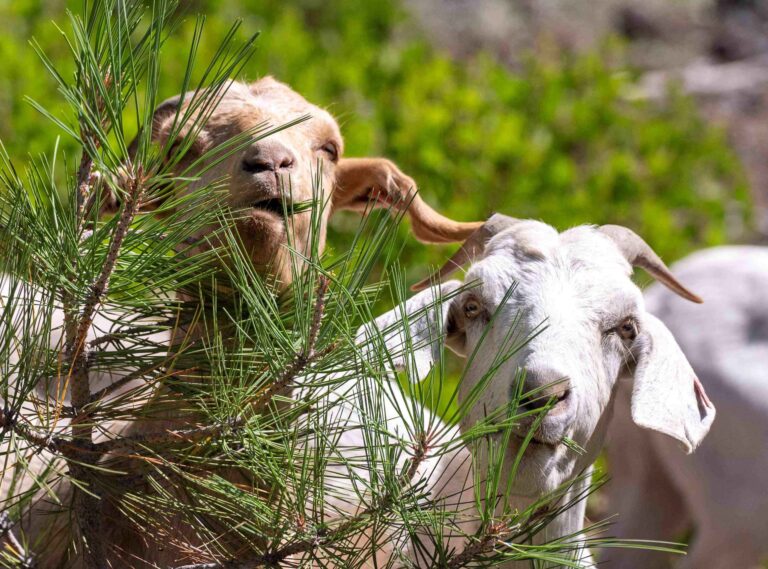
Forests
133,000
Acres Impacted
$6.1M
Granted
$16.44M
Committed
Forest Futures: Three-Year RecaP
When TTCF initiated our Forest Futures Impact Strategy in 2021, we laid out three impact phases. Three years later, nearly 60% of our grants have focused on mitigating the immediate threat of wildfire through Phase One: Protect Our Communities. Projects include efforts to build forestry career pathways, financial support for homeowners to create defensible space, and large-scale fuel reduction projects.
TTCF is now moving into the subsequent impact phases: Build a Forest Economy and Accelerate Market Solutions. This includes grants to support workforce development, housing solutions, and small-scale facilities that utilize the woody biomass removed from forests to create clean energy and green building products. Two of our most significant accomplishments include a collective philanthropy investment in the Northstar Community Services District Biomass Facility and our recent $1 million investment to build the first cross-laminated timber facility in Northern California (see below).
TTCF’s $1 Million Investment towards a majestic alley-oop—our biggest bet in 26 years!
Do our forests hold the solution to Tahoe-Truckee’s most significant challenges—climate change, rural economic decline, and the national housing crisis? TTCF recognizes that all of these issues are interconnected. We also see possibilities in their interconnectedness.
Since the Dixie Fire, TTCF has worked closely with the Sierra Institute to envision and align a strategy to restore forest health and address the workforce housing crisis. A $1 million grant from our Forest Futures campaign is leveraging $3 million from CalFire and the U.S.D.A. to build California’s first Cross-Laminated Timber (CLT) facility in Taylorsville.
Read the article Tahoe Truckee Community Foundation awards $1M grant to Sierra Institute and Mass Timber Strategy by Eli Ramos in Sierra Sun on our Press Page.
We intend for this to be a template that can be used elsewhere. There are many locations where we see that this approach of using a community-scale CLT plant can make a difference on the landscape, in communities, and in the market.
Steve Marshal
Project Partner, Mass Timber Strategy

Goat photographs provided in Introduction and above by Anthony Cupaiuolo with First Tracks Production. Other Forest Futures photographs provided by Sierra Institute for Communities and Environment.
To learn more about our community impact and how you can partner with us to make a difference, contact TTCF Donor Services at donorservices@ttcf.net.

